You’d be forgiven if you hadn’t heard of the streaming service, Mixer, until a few weeks ago.
Unless you are a gamer or knowledgable on the industry, the once-Microsoft owned platform probably never came on your radar. Sadly, it never will again.
On the 22nd of June, Microsoft announced that it would be shutting down Mixer in a month’s time. Furthermore, they announced their plans to ship their partners, streamers and, hopefully, viewers over to Facebook Gaming. Today is that day.

After just over four and a half years, Microsoft’s videogame streaming dream is over. This is yet another instance where one of ‘the big five’ has had to concede defeat in the on-going tech company chess-match.
Why has Mixer closed?
The decision came after the revelation that the audience had only grown by 0.2% in a year. This was despite tens of millions invested in the service and big, on-screen talent in the past year alone.
For Microsoft, these margins aren’t tenable in arguably the biggest oligopoly in the global economy. In comparison, Facebook Gaming – the company’s purpose-built, video game streamer service has seen an incredible surge, with a 238% increase in total viewership.
Moreover, the social media giant already has a foothold in the gaming industry—albeit a challenging one—after purchasing Oculus in 2014.
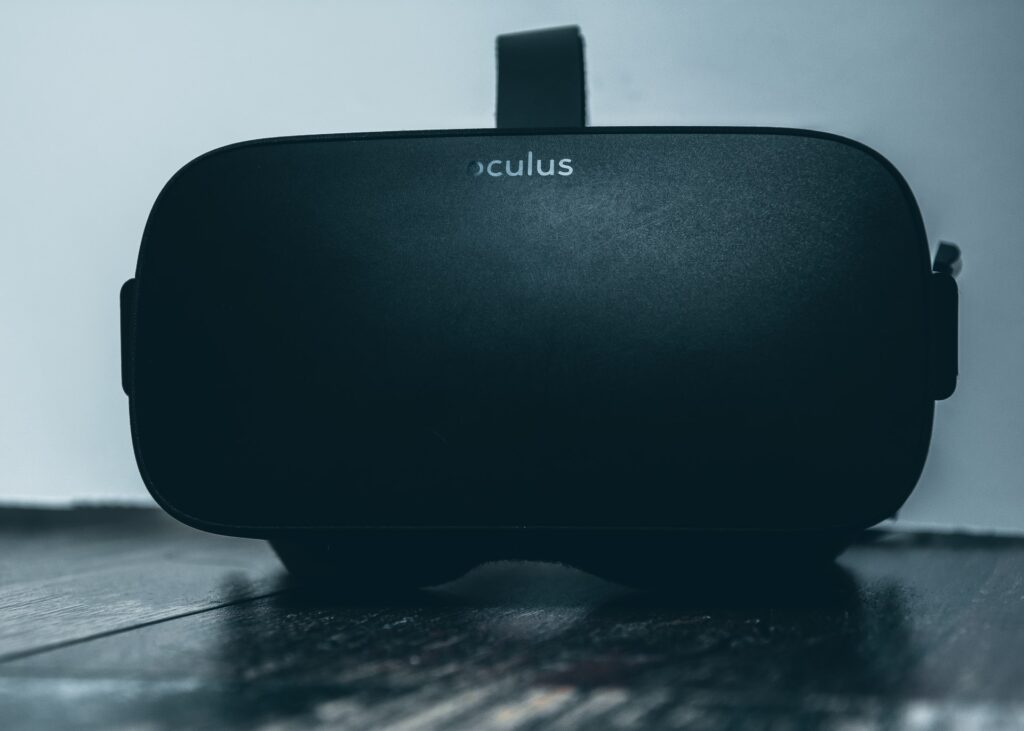
Stats are all well and good, but the real question is why, exactly, could Mixer not make the grade? Well, it isn’t down to one single reason.
A myriad of factors were at play: market latency, i.e. slow to the party and too little too late in terms of development; haemorrhaging money by over-extending themselves with acquisitions, and quite simply trying to run before it could walk.
Mixer vs Twitch
A telling example was their headline-grabbing move for gaming’s most high-profile streamers, Tyler ‘Ninja’ Belvins. Mixer signed Ninja from Twitch at the peak of his Fornite following.
The esports-star left Twitch in August 2019 and was the first of his calibre to opt to stream on Mixer. The move was seen as a huge coup at the time, however, time has proven that wasn’t the case.
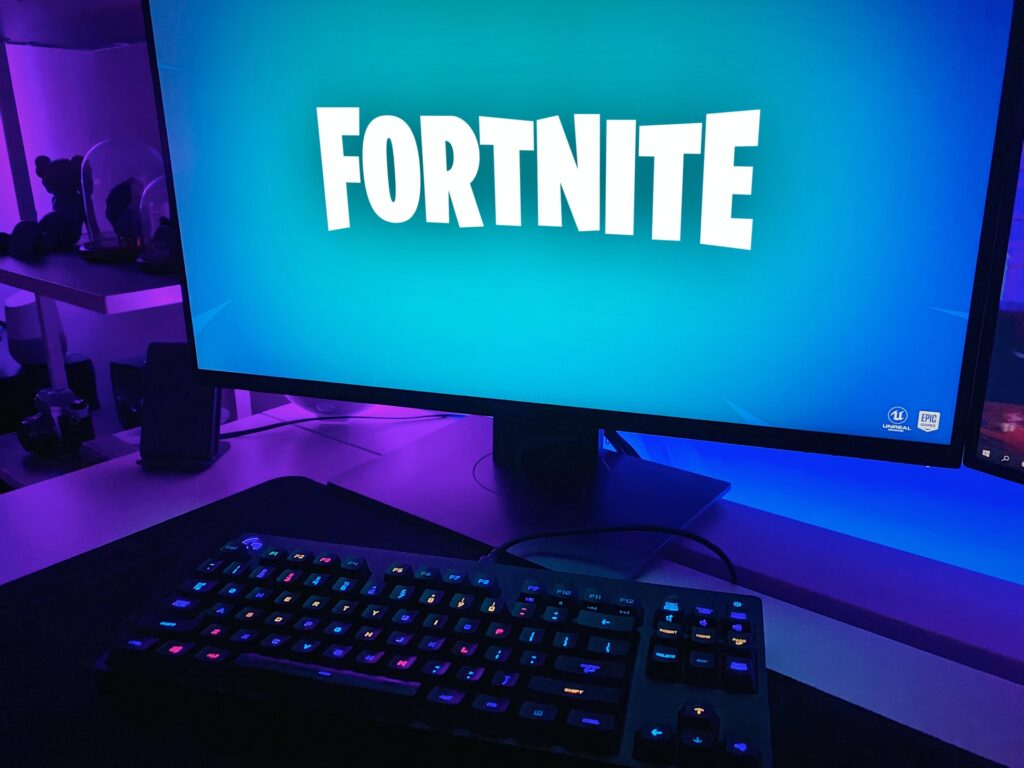
However, this proved to be pivotal in the site’s downfall. The money splashed to bring in big names like Ninja and Michael ‘Shroud’ Grzesiek was astronomical – reports of $20-30 million. Ironically, all they did was sustain the careers of their marquee talent rather than investing in the platform’s fan base.
Ninja has continued to fancy footwork his way through murky waters despite losing some of his audience by leaving Twitch. He is now enjoying a resurgence after having started broadcasting on YouTube for the first time. We wouldn’t be surprised if he tried if he dipped his too into Facebook Gaming too.
In short, as The Verge summed up so succinctly, “Microsoft decided that organically growing streamers were too hard […] It tried to buy an audience, which is not how social sites operate.”
Interestingly, the site already had a healthy bank of content creators since the days of Beam (the site’s previous moniker). Sadly, however, they were subsequently left by the wayside with this new strategy.
Partnered streaming is not only a valuable form of social connection – especially during lockdown – but a vital source of income. Now, tens of thousands of steamers are homeless and must build up their following again on a new platform.
Organic growth & social media are key
Clearly, Mixer tried to fast-forward through necessary steps, skipping straight to getting one over on its competitors. But it failed in a fundamental element; nurturing the gradual but natural growth of an online community.
Part of why Twitch and YouTube are so successful is rather than force things, they provide the tools for it to build itself over time.
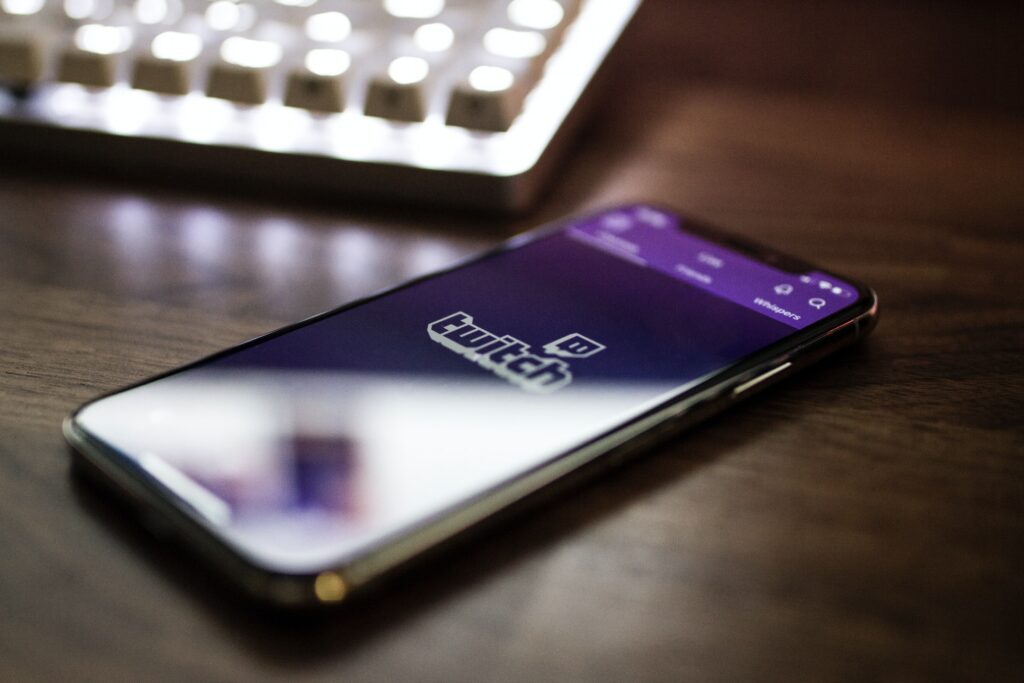
Back when it was called Justin.tv, Twitch was started by four US college students who had wanted to broadcast their lives from their bedrooms via webcam. Cut to 2019 and the company is valued at around $3.8 billion. Patience is key.
Ironically, Mixer had always purported to be about creating the most interactive platform possible. The partnership with Discord was a shrewd move, integrating the site’s functionality through bots.
However, several features were unreliable; the mobile app, outdated analytics, too much reliance on third-party tools and so on.
Regardless, after this shift in recruitment, most channels didn’t get enough TLC and suffered from less exposure than ever. The problem was, so much attention was being spent prioritising the big names, that the ‘little guys’ were being forgotten.
Fortunately for Microsoft, being absorbed by Facebook Gaming means the project was not a total failure. Given the background of the company, the goal of creating a social-media-driven streaming platform is more viable than ever.
Esports, gaming and streaming continue to expand
ActiveWin is becoming more and more intertwined with esports markets and the gaming industry as a whole.
Our work with GG Recon focused on the worlds of esports and streaming; we’ve written blogs on EA’s (Electronic Arts) infamous servers microtransactions. Our team even attended the first Pure Esports 2020 tournament back in January.
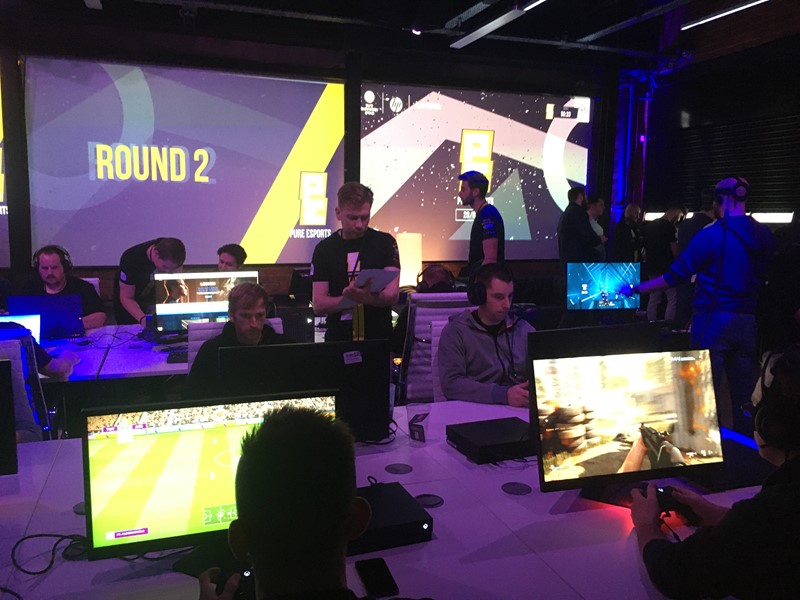
Not only is gaming the most the profitable in the entertainment sector, but esports has been a vital lifeline for many companies.
As well as helping bring back sports in some form, the esports market has helped sustain our Affiliate Marketing team.
So, while we might be saying goodbye to Mixer, part of it will live on in Facebook Gaming. Either way, gaming and the ‘streaming wars’ in as a whole continue to rage on.
Streaming is one of the most ultra-competitive markets in the global economy, with the likes of Apple TV+, Disney+, and HBO Max now joining the party.
No matter what the next year of streaming looks like, it’s sure to be worth the watch.
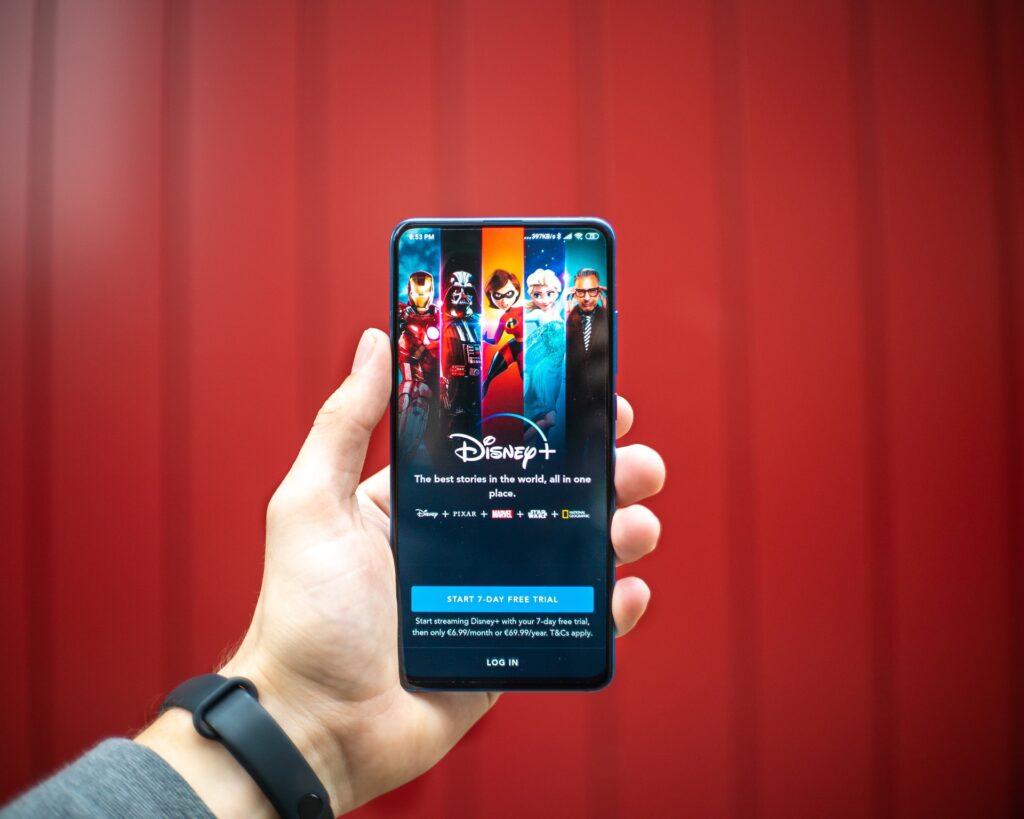
Esports Marketing Experts
If you are an e-sports developer, brand, or platform and need help with a robust digital marketing plan, contact us.
ActiveWin offers a free consultation and digital health-check. You can even take advantage of our economic recovery package for e-commerce brands.


